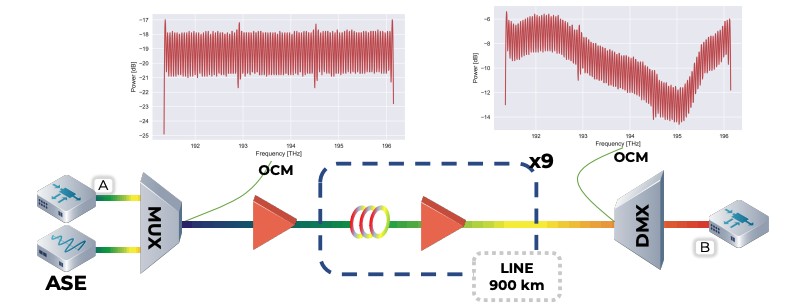The key to realizing Digital Twins (DTs) in optical networks lies in accurately modeling critical network components—particularly transceivers and optical amplifiers. These components significantly impact the reliability and predictive capabilities of DT frameworks.
📌 BER-OSNR Model & GNPy Simulations
By leveraging the BER-OSNR model we can compare GSNR values from GNPy simulations with measured BER values in lab environments. Optical amplifiers, such as Erbium-Doped Fiber Amplifiers (EDFAs) are modeled based on gain, noise, saturation, and nonlinearities, ensuring accurate representation in DT simulations.
📌 Real-Time Telemetry for Dynamic DTs
A fundamental aspect of DTs is real-time telemetry integration, which creates digital shadows mirroring the physical network . This enables predictive maintenance, failure mitigation, and real-time network optimization—transforming DTs from static models into dynamic simulations that adapt to operational conditions.
As optical networks evolve, DTs will play a crucial role in performance optimization and reliability assurance. What are your thoughts on DT adoption in next-gen network infrastructures? Let’s discuss! ⬇️
#DigitalTwin #OpticalNetworks #NetworkOptimization #GNPy #Telemetry #BEROSNR #EDFA #Innovation

